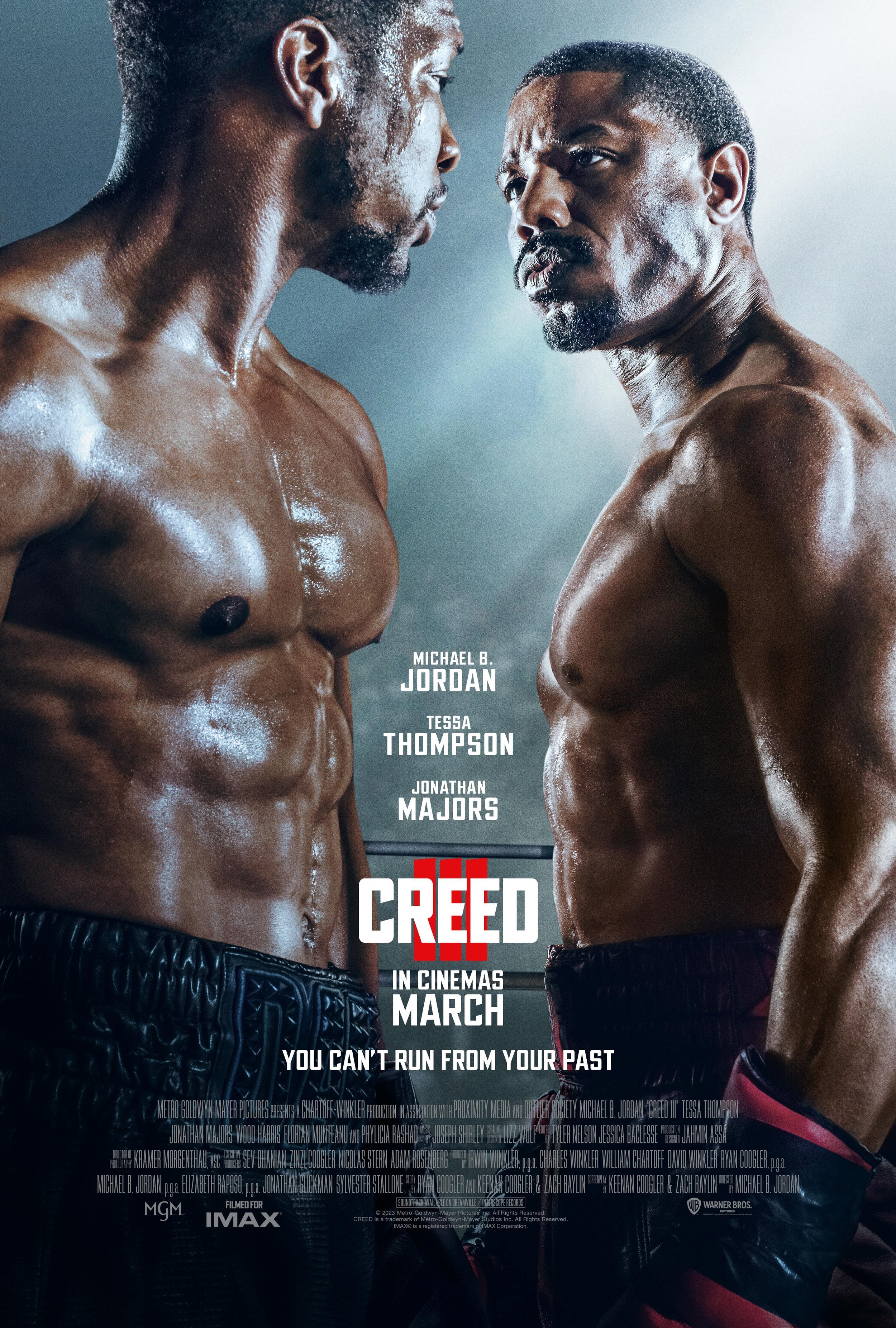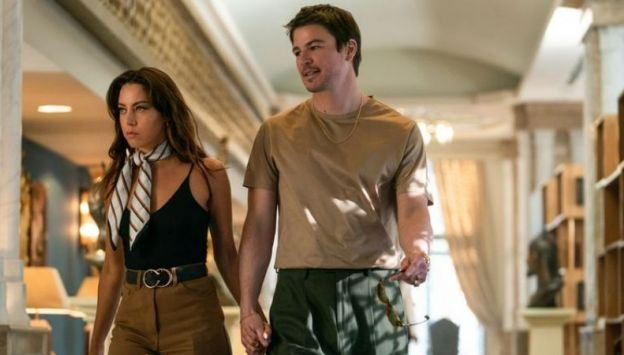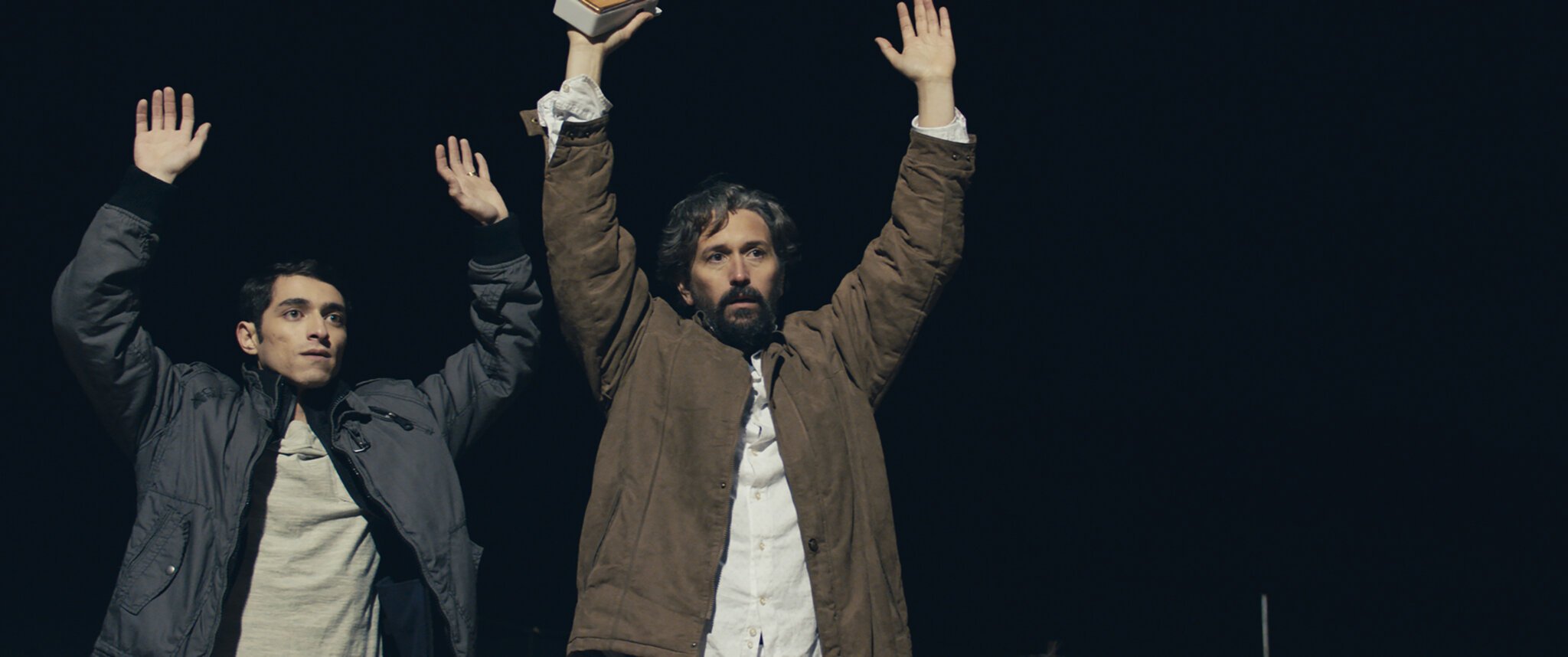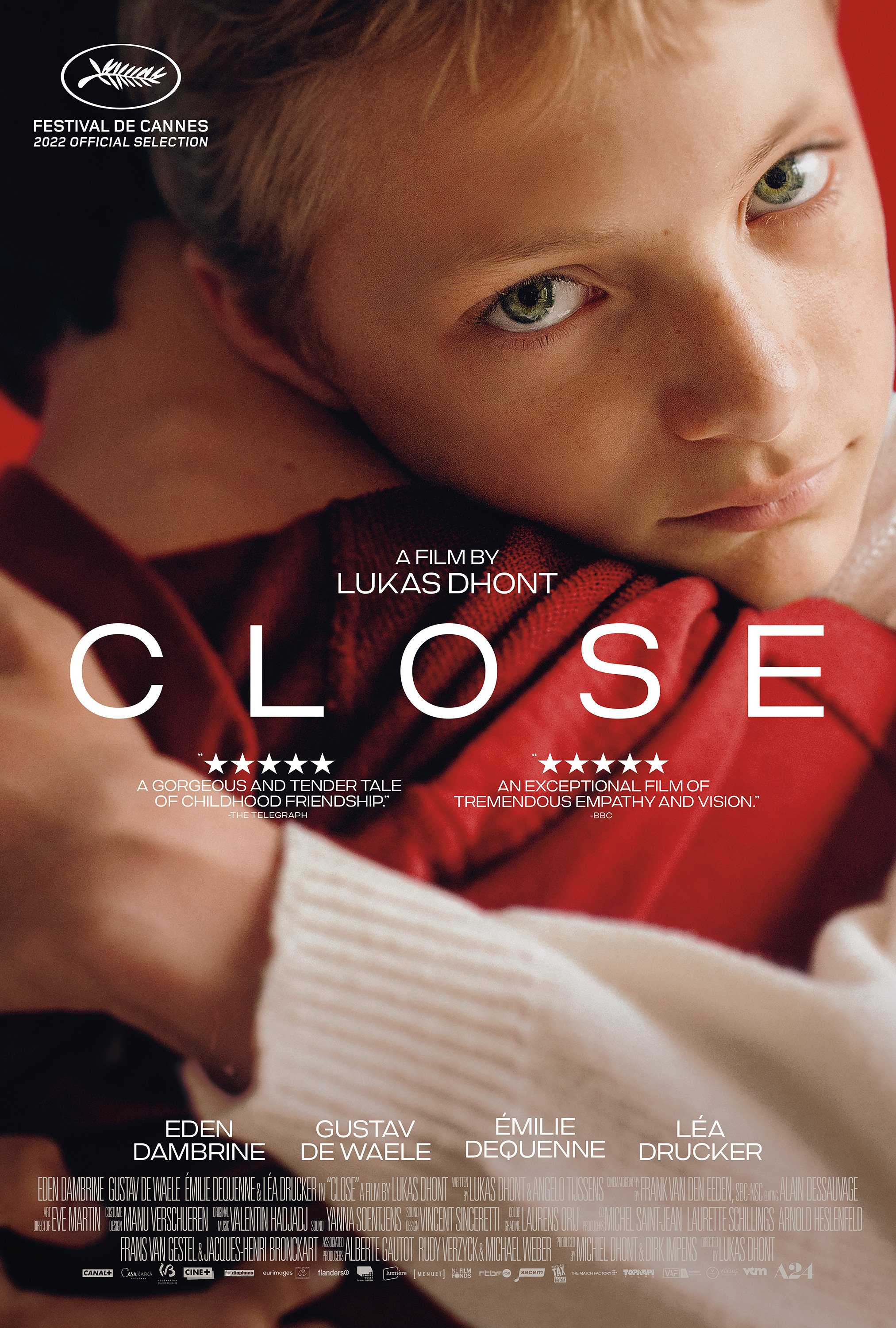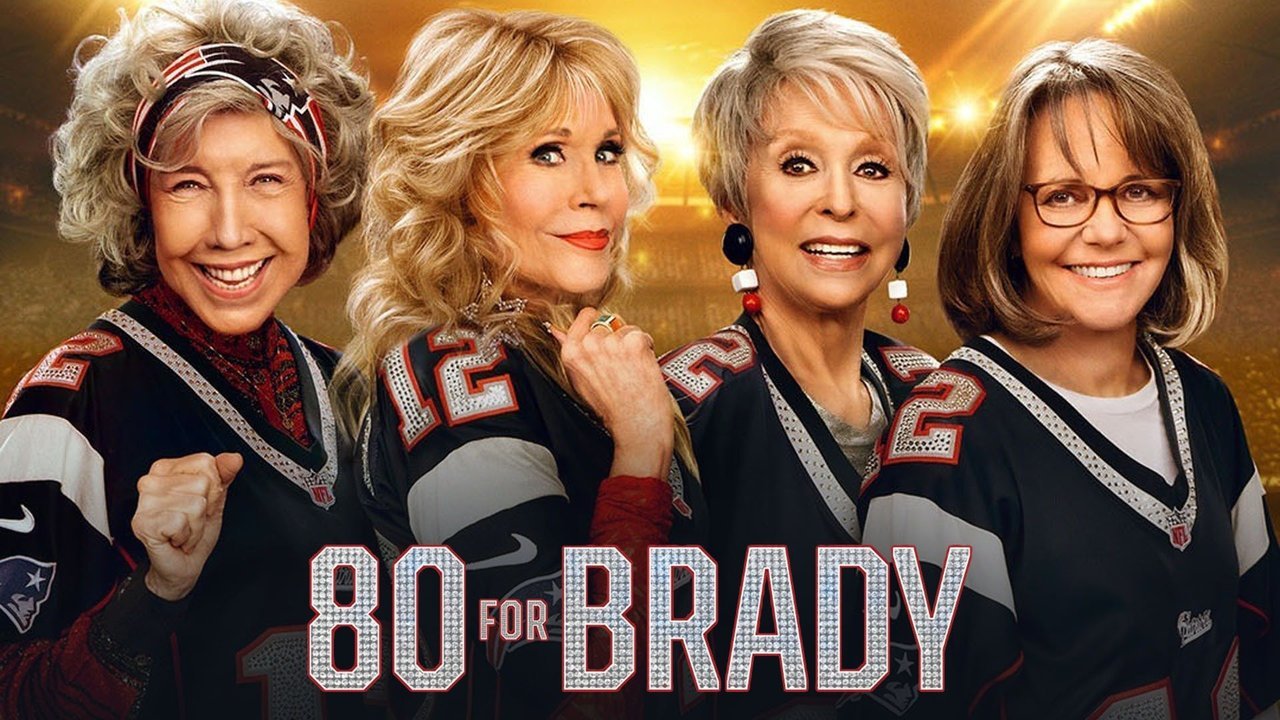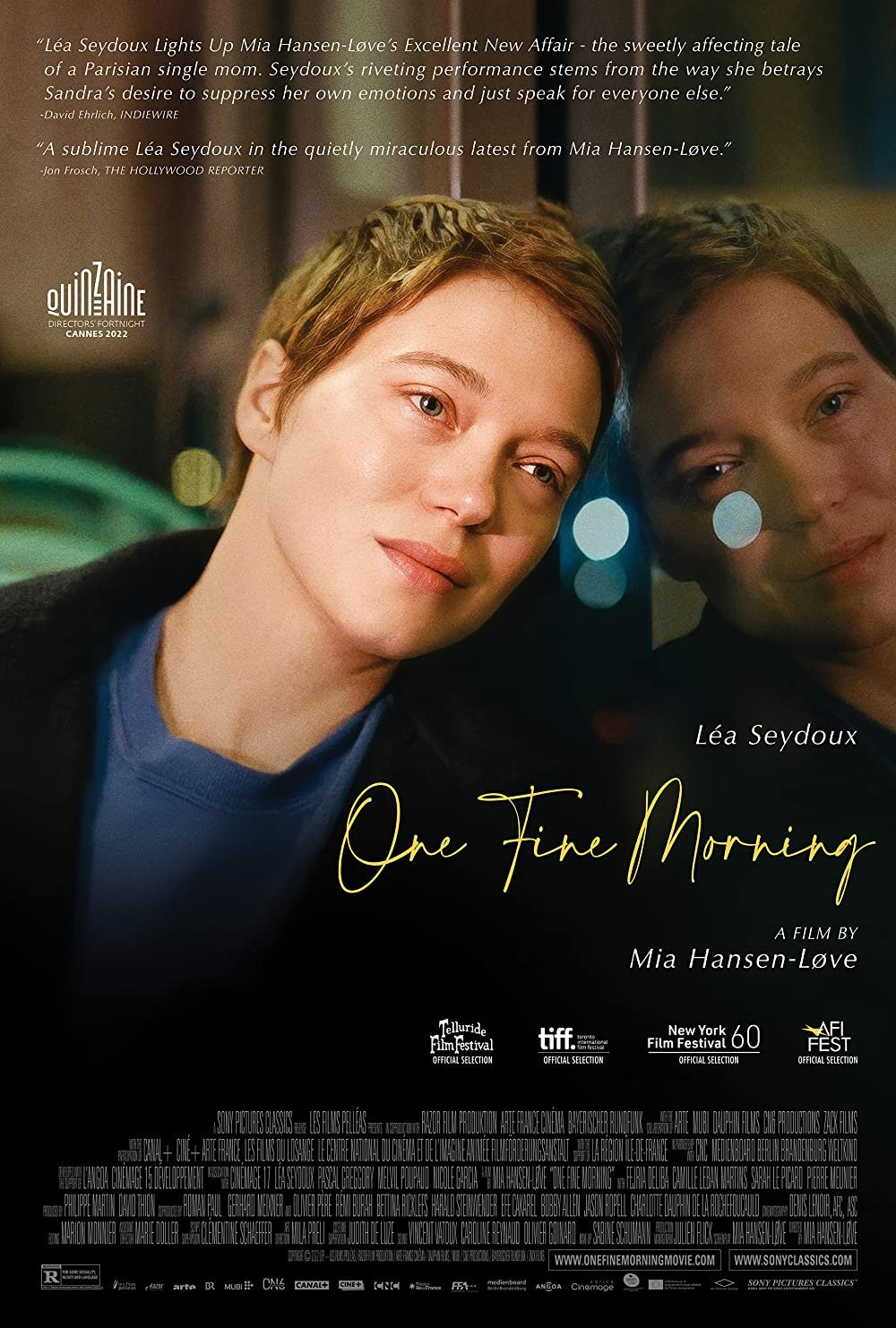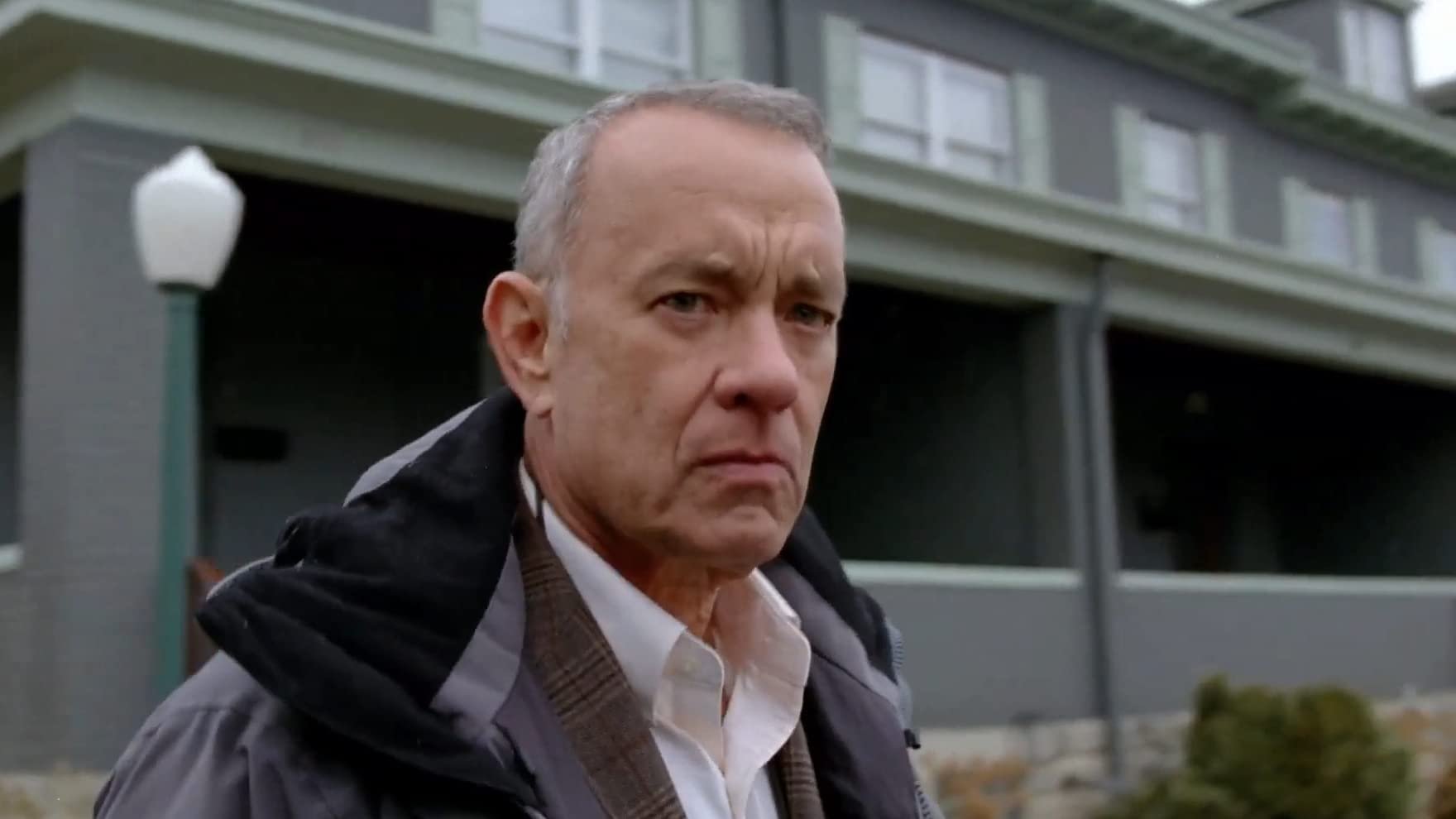Dir: Matt Bettinelli-Olpin and Tyler Gillett
Starring: Melissa Barrera, Jenna Ortega, Jasmin Savoy Brown, Mason Gooding, Hayden Panettiere, Jack Champion, Liana Liberato, Dermot Mulroney, and Courteney Cox
2h 3m
"What's your favorite scary movie?" It's been 26 years since the phone rang, and this question introduced Wes Craven's iconic film "Scream," a film that shifted the landscape of slasher cinema from the 80s into the 90s with an understanding of horror movie culture that both pokes fun and pays homage to the foundations of the genre. "Scream VI" takes the terror to the Big Apple. A new Ghostface looks to amend unfinished business between the latest generation of Woodsboro survivors. Directors Matt Bettinelli-Olpin and Tyler Gillett deliver an old-fashioned slasher flick with a welcome change of location that adds a fresh perspective and a hyper-aggressive masked killer who feels unstoppable. "Scream VI" doesn't stray far from its formulaic storytelling, which functions as a regurgitation of past ideas. Still, the few changes it does establish make it an easy and pleasing horror experience.
The movie opens with a film professor waiting patiently for a blind date to show up at a packed bar. While providing directions and disobeying every scary movie red flag possible, the film professor comes face-to-face with Ghostface, uniquely establishing its metropolitan location and horror motivations. Woodsboro survivors Samantha (Melissa Barrera), now cautious about every single interaction, and her sister Tara (Jenna Ortega), who is trying to move away from her traumatic past, is confronted once again by the masked villain who will stop at nothing, even attacking in public places like an occupied bodega and a crowded subway car, to enact revenge.
"Scream VI" is full of energy from its beginning moments, doing its best to subvert expectations with the introductions that have become a familiar formula for each film since Drew Barrymore answered the phone in 1996. Writers James Vanderbilt and Guy Busick move quickly, maintaining a frantic pace motivated by their monster. Ghostface moves intensely, jumping from dark alleyways, chasing across crowded streets, and smashing through doors. In one of the establishing set pieces early in the film, the masked killer pursues the two sisters into a crowded convenience store, wildly slashing at anyone who stands in the way. At one moment, after disarming the store owner, Ghostface picks up a loaded shotgun and uses it. Using the firearm, which rarely happens in slasher cinema, disrupts the rules of this specific subgenre just enough to make the villain feel more threatening. These small touches in design keep "Scream VI" moving at an entertaining rhythm.
The filmmakers implement some fun set pieces, a ladder stretched across two apartment buildings, and a subway stalking scene are exceptional. The tone established is aggressive. This Ghostface feels hellbent on destruction. Unfortunately, the narrative consistently needs help finding its path as it cycles through characters and attempts to construct a mystery. Characters from previous films make cameos again. Journalist, Gale Weathers (Courteney Cox), is pulled into the middle of everything. Kirby Reed (Hayden Panettiere), who survived the mayhem in "Scream 4," is an FBI agent who has dedicated her life to the Ghostface murders. The script doesn't allow much time to develop the supporting characters besides running and screaming. The emotional connection between the two sisters, who are dealing with social media negativity and still working through the trauma of the brutal incident in Woodsboro, is utilized nicely in a few early scenes to convey how disconnected they are from one another and how they are dealing with the world around them. Unfortunately, the film rarely returns to these moments as it quickly turns into an extended chase scene, fleeing toward the finale.
"Scream VI" proves that Ghostface can still be scary; here, the villain is a daunting force that enlivens the terror in ways past films haven't been able to do. A few set pieces are franchise highlights; the subway setup is old-school horror movie fun, and the brutal chase through an apartment and onto a ladder is terrifying. The film keeps close to its established formula, which unfortunately runs out of surprises, and suffers from a third act that falls flat with its big reveal. Still, these aspects don't keep the filmmaking team from trying new things. "Scream VI" doesn't have a great story but operates the genre's tools in fun and engaging ways.
Monte's Rating
3.00 out of 5.00

















